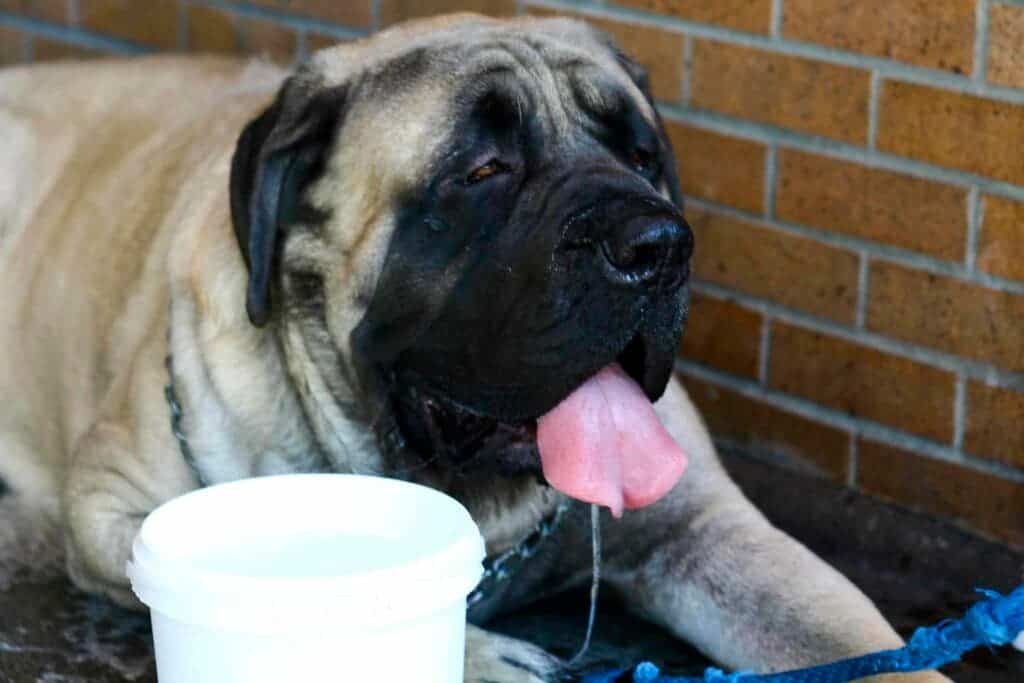From the coating of a slug to the saliva of a dog, mucus is almost everywhere in the animal kingdom. Snails, slugs and amphibians are some of the famous masters of mucus, but even microorganisms can ooze a viscous slime — and of course, in humans, mucus is also produced in the nose, mouth, lung, gut, urinary tract and cervix for a wide array of purposes.
Which begs the question, why? Why is mucus so ubiquitous?

The origin of the world’s slime has largely remained a mystery, with many open questions. Now, researchers at the University at Buffalo in New York found that the proteins that make mucus, called mucins, have likely evolved in at least 15 independent instances in mammals by co-opting proteins into mucus-producers.
“I don’t think it was previously known that protein function can evolve this way, from a protein gaining repeated sequences. A protein that isn’t a mucin becomes a mucin just by gaining repeats. This is an important way that evolution makes slime. It’s an evolutionary trick,” Omer Gokcumen, one of the study authors, said in a statement.
An evolutionary trick
Mucins are large proteins in charge of important body functions, such as forming physical barriers against disease-causing bacteria. For instance, mucins found in saliva cover out teeth to protect them from Streptococcus mutans, a bacterium that causes cavities, while others trap and clear allergens and debris on mucosal surfaces in the airways.
These mucus-producing proteins are coated with sugar molecules (glycans) that give them a gelatinous consistency. Many of the places where mucins are glycosylated have repeated sequences of the amino acids building blocks known as proline (P), threonine (T) and serine (S). These “PTS” repeats are one of the defining features of mucins.
Geneticists have long been interested in these genes. They aren’t grouped by their ancestry but rather by function. Some are lineage-specific, sharing common ancestry and are divided into two groups: membrane-bound and secreted gel-forming. However, there’s also third group, named “orphan,” with no genetic relatives.
The University of Buffalo researchers were aiming to find out how this orphan mucus evolved. They created a new evolutionary model in which genes can gain new functions by adding on short, repeated regions of their genetic code. The researchers then argued that non-mucin genes were “mucinized” by gaining PTS repeats, which happened across different mammal species.
To investigate this, they went through the genomes of different species to pick genes with PTS repeats, an indicator of mucin function. Using mouse, cow, human and ferret genomes, they found most mucins were shared between them. However, at least one mucin gene was unique to each species. Most genes were found in the so-called secretory calcium-binding phosphoprotein (SCPP) locus. A locus is a sort of “address” on a chromosome at which a gene for a particular trait is located in all members of a species.
The researchers then explored the SCPP of 49 other mammal species, looking for which of the mucin genes could be related to one another and have similar DNA sequences. They found 15 examples of the evolution of unique mucin genes. This is called parallel evolution, with novel genes evolving separately in different lineages but serving similar tasks.
For example, the mucin gene called MUC7 was found in humans and most other mammals except rats and mice. Instead, these have a similarly sized but genetically different gene called MUC10. The researchers found that MUC10 had a genetic similarity to the human gene PLOR1 found in tears. PROL1 looks identical to MUC10 but lacks the PT repeats.
“How new gene functions evolve is still a question we are asking today. Thus, we are adding to this discourse by providing evidence of a new mechanism, where gaining repeated sequences within a gene births a novel function,” Petar Pajic, co-author, said in a statement. “This could have even broader implications, both in understanding adaptive evolution and in possibly explaining certain disease-causing variants.”
At any rate, the humble mucus may be gross, but it serves some very important purposes. So next time you have some mucus, try and appreciate — life would be much harder without it.
The study was published in the journal Science Advances.


